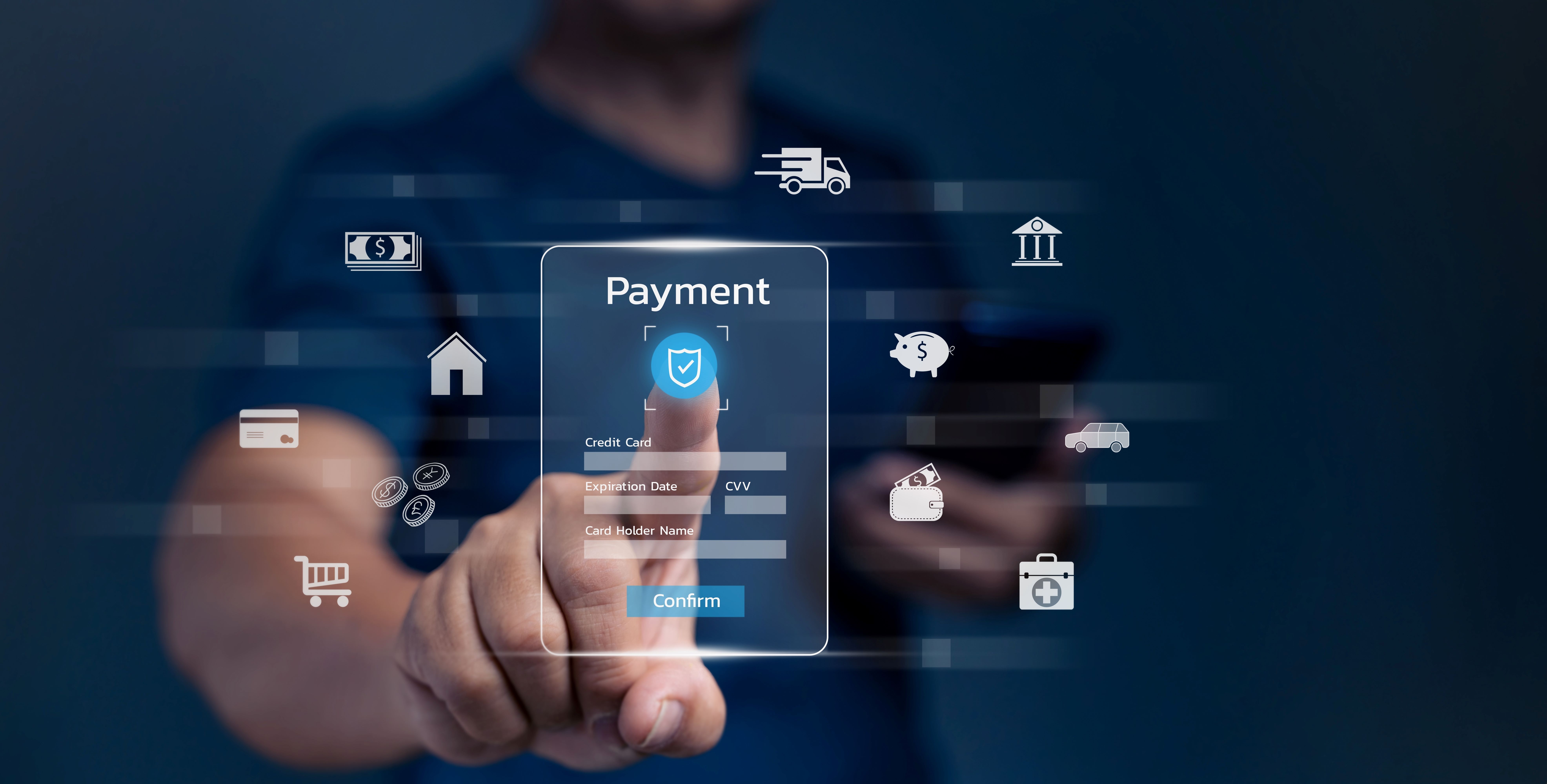The concept of a paper instrument that you can present as money (paper check) has a long history going back to 1762. But over the last ten years, the use of the paper check money exchange method has decreased from 55.6 billion checks issued in 1998 to 14.9 billion in 2020. Faster payments have outcompeted the slow-moving check and new types of financial systems have evolved.
This evolutionary stride within the payments space has led to many options for consumers when paying for goods and services. In terms of the old paper check, this has resulted in the development of the speedier electronic check or eCheck/eCheque. The eCheck is a faster payments version of the paper check, and in an era where fast is better, the eCheck is quickly becoming a method of choice for many types of transactions, including for cross-border payments.
Overview of the eCheck system
eChecks are handled through the Automated Clearing House” (or ACH) system. ACH is used as a financial system in the United States and as an alternative to the credit card rails systems. According to ACH governing body, NACHA (National Automated Clearing House Association), in 2020, ACH payments increased by 8.2%, and the dollar worth increased by 10.8%. In the third quarter of 2021, ACH volumes were up by 7.7%, with payments up over 13%, totaling $18.1 trillion. The reach of ACH is also increasing. NACHA has worked with the Office of Foreign Assets Control (OFAC) to develop a standardized format that enables international money transfers: as such, eChecks are thriving in a highly competitive payments landscape…but why?
An eCheck is a type of electronic funds transfer (EFT) that uses the ACH rails to propagate the transaction. The ACH has a fundamental competitive edge over the credit card system: eChecks typically incur lower costs than credit card transactions. This makes eChecks the preferred payment method for large transaction items such as mortgage payments, recurring billing, etc. In other words, the differentiator for eChecks choice is in the payment type.
The eCheck system is increasingly expanding outside of the USA via cross-border agreements, adding new markets. An example is the Governing Council of the ECB, which recently agreed to update the TIPS (TARGET Instant Payment Settlement) participation rules to encompass automated clearing houses (ACHs) to enable pan-European reach for instant payments. Typically, cross-border payments via eChecks are handled via an intermediary.
The moving sands of payments
Various factors in the payments space create a picture of moving sands that lead to one payment method, or another, taking a foothold. Changes in the market for credit cards could potentially open gaps for eChecks to move into. An example was the recent UK VISA clampdown by Amazon. In November 2021, Amazon published a statement saying that it would no longer accept payments made with UK-issued Visa credit cards taking effect from early 2022. The reason was said to be increased charges post-Brexit. Amazon has since reversed this decision. While this action was focused on UK VISA cards, other companies have also felt the sting of credit card fees and looked for alternative payment methods.
The credit card charges of both VISA and Mastercard are a potential Achilles heel of the credit card system that can open opportunities for the much lower charging model of eChecks.
Charges are one of the factors that are crucial in any payment method that wants to be the method of choice. However, other factors also play a part in the rise to the top of a payment method in a complicated market; factors such as security and liability are intrinsic in the success of a payment method, including eChecks.
eChecks: security and liability
The liability model of eChecks differs from the credit card system. With credit cards, the issuing bank assumes liability for the transaction. In the case of eChecks, the individual assumes liability, and the payment is restricted by the available funds in the customer's bank account. This restriction increases the security of a given transaction and the displacement of liability from the bank to the customer helps to reduce the transaction fees.
However, any payment system is a potential target for increasingly sophisticated cybercriminals and fraudsters. The Financial Ombudsman Service recorded a 66% increase in the first quarter of the 2021/22 financial year in general financial scams. Fraud can also affect eChecks, and as their use increases, it is likely that fraudsters will follow the money. To mitigate fraud, the eCheck system has certain measures in place. These measures are handled either intrinsically within the ACH system or by using third-party measures such as account validation/AML checks.
Digital signatures: each transaction is digitally signed using digital certificates. This ensures the integrity and is non-reputability of the transaction. Digitally signing a transaction also helps to prevent eCheck duplication. The security of digital signatures is inherently tied to the next layer of security of eChecks:
Authentication: the party that submits the payment information must be authenticated/verified before the transaction is allowed.
Encryption: eCheck transaction data is encrypted before passing through the networks.
Digital certificates/tokenization: underpin the encrypted transfer of data, tokenization of data, and digital signatures used in an eCheck transaction
Pre-notification: a merchant should check that a customer has a valid bank account during the customer setup process.
Verification/validation: third party account validation tools are the suggested method to add this important function as the ACH network does not have an equivalent account verification system to the one used by the card networks.
On March 19th, 2021, NACHA introduced the WEB Debit Account Validation Rule. This rule was brought in to help with concerns over the potential for fraud across the ACH network. The rule requires that an account is validated the first time it is used to make an online payment. Any entity using an eCheck payment method will also be affected by this rule. NACHA specifies”
“ACH Originators of WEB debit entries are required to use a “commercially reasonable fraudulent transaction detection system” to screen WEB debits for fraud.”
The rule affects non-financial institutions and large volume third-parties. Phase two impacts entities with a total ACH origination volume of over 2 million entries in the calendar year 2020. They will have until June 30, 2022, to comply.
Survival of the fittest payment system
In evolutionary theory, the ‘survival of the fittest’ describes how an individual that is well-adapted to a particular environment can thrive and go on to reproduce more than less well-adapted individuals. This tenet of evolution is analogous to the payments system environment. There are many ‘habitats’ within the payments environment that determine the best type of payment method. eChecks may seem in many ways,’ old school’, but they are popular under certain environmental conditions. In other words, eChecks are best adapted to certain types of payments.
The payment options across the globe are in continuous competition with each other. The payment system that survives this competition will do so because they offer the optimal mix of low transaction costs, convenience, speed, a great customer experience, and security. eChecks that use anti-fraud and AML technology to bolster security offer this ideal mix for recurring payments such as rent, subscriptions, car leases, and similar. Changes in the suitability and accessibility of credit card rails and the opening of international payments via ACH will also create opportunities for eChecks in the payments arena. Because of meeting these various expectations, eChecks will likely continue to thrive.
Learn more about Eastnets' robust, real-time and multi-channel fraud prevention solution.
Contact us today for a free demo.





